Home > History > Rabbi J.H.M Lewenstein
Rabbi Jacob Heymann Mozes Lewenstein, Surinam’s 1st Chief Rabbi
(Utrecht 26.07.1829- Paramaribo 22.10.1864)
Published on 6.5.2024 – Last Edited on 7.10.2024
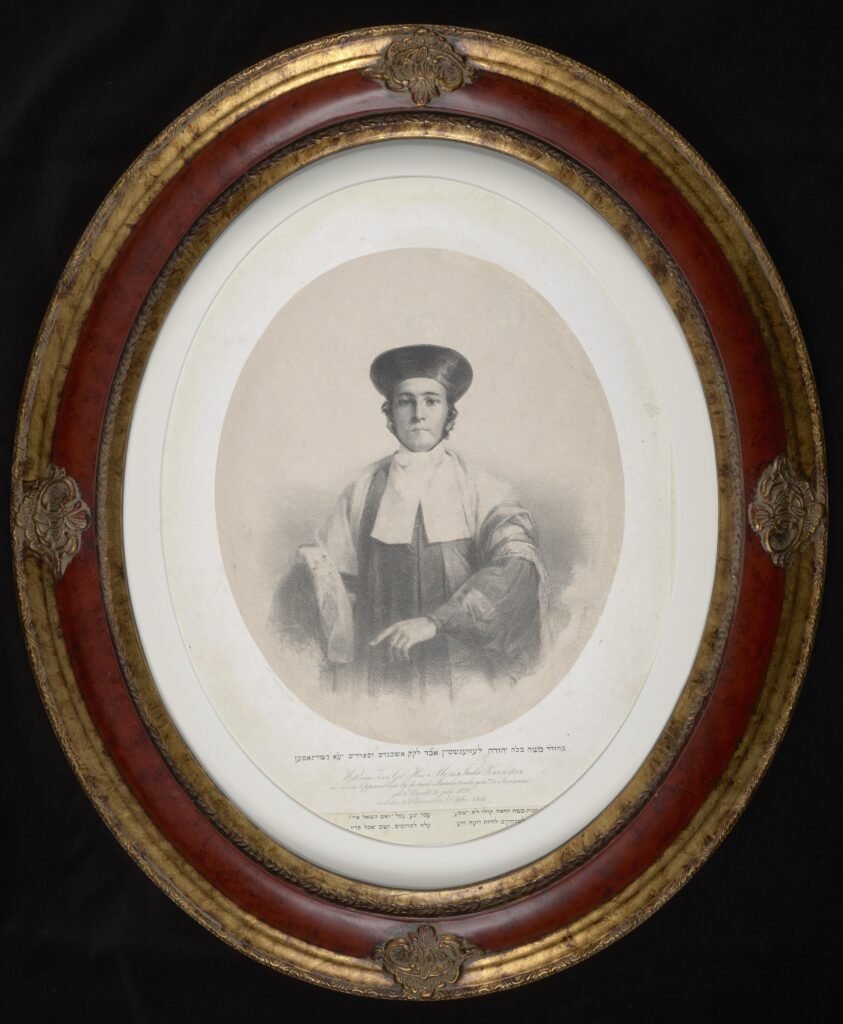
Rabbi Jacob Heymann Mozes Lewenstein OBM (יעקב חיים משה לעווענשטיין) was born in Utrecht on Juli 1829 as Mozes Juda Lewenstein, the son of Juda and Regina (nee Golberg) Lewenstein. His father HaChower (honorary community titel) Juda was a business man that had moved to Utrecht from Herlinghuisen, Germany and according to family tradition his family are descendants of Rabbi Yeshayahu Horowitz of Prague, who us also called the Shel”ah, in reference to his book Shnei Luchos HaBris. The family lived on the Vrouwjuttenstraat in Utrecht.
Utrecht, The Netherlands
As a young boy R’ Mozes received his Jewish education at the local Jewish school in Utrecht. Teaching at the school since 1821 was R’ A. Mossel. In 1830 Rabbi S. M. Poppers started his own study group for children aged 10-15 in the local synagogue without asking for a salary (Zwarts, Jacob, Archive of the Jewish Community Utrecht).
It’s not certain who taught him of the two but he got an excellent education.
Rather amazing is the fact that he gave his entire Bar Mitzwah speech in fluent Hebrew. Other influences we’re Rabbi Abraham Susan and Mordechai Slank, as related by his son Rabbi Tovia Lewenstein (in a letter to historian and author Philip Samson, NIW Oktober 1959, Meijer J.). Another Hebrew language scholar who was friendly with R’ Lewenstein was the Rabbi Abraham Delaville who taught at the Amsterdam Rabbinical Seminary.
Amsterdam, The Netherlands
Shortly after his Bar Mitzwa (around 1841) he left Utrecht and continued his studies at the Amsterdam Rabbinical Seminary under the auspices of Rabbi Dunner. Being that he was fluent in Hebrew he continued to translate the book Chovos HaLevavos (Duties of the Hearts/ De Pligten Des Harten) of Rabbi Bahya Yoseph Ibn Pakuda (1050-1120, Zaragoza, Andalusia, Spain) from Hebrew to Dutch. With assistance of co-authors G.L. Polak en M. Roest he had the book printen by I. Levisson at the D. Proops firm in 1857
(Nieuwe Amsterdamse Courant- AH, 1 Nov. 1856).
On 1852, at age 23, Rabbi Lewenstein started with giving an address every other week in a synagogue in Amsterdam. In 1854 he received the titel of religious educator “Godsdienst-onderwijzer”, in 1856 he received his Rabbinic ordination and he also held a position in a social welfare society.
Leiden, The Netherlands
After that Rabbi Lewenstein moved to Leiden to study Philosophy and Literature at Leiden University. It was in Leiden that he met the uncle of his wife-to-be, Rabbi Jacob Heymann de Leeuw OBM who would learn Talmud with him. After being appointed Chief-Rabbi to the colony of Surinam in 1857, with the consent of the King William III, Rabbi Lewenstein left the Netherlands aboard the Elisabeth Johanna for Suriname. His appointment required two exceptions as he was still single and exceptionally young for a Chief-Rabbi in the Kingdom.
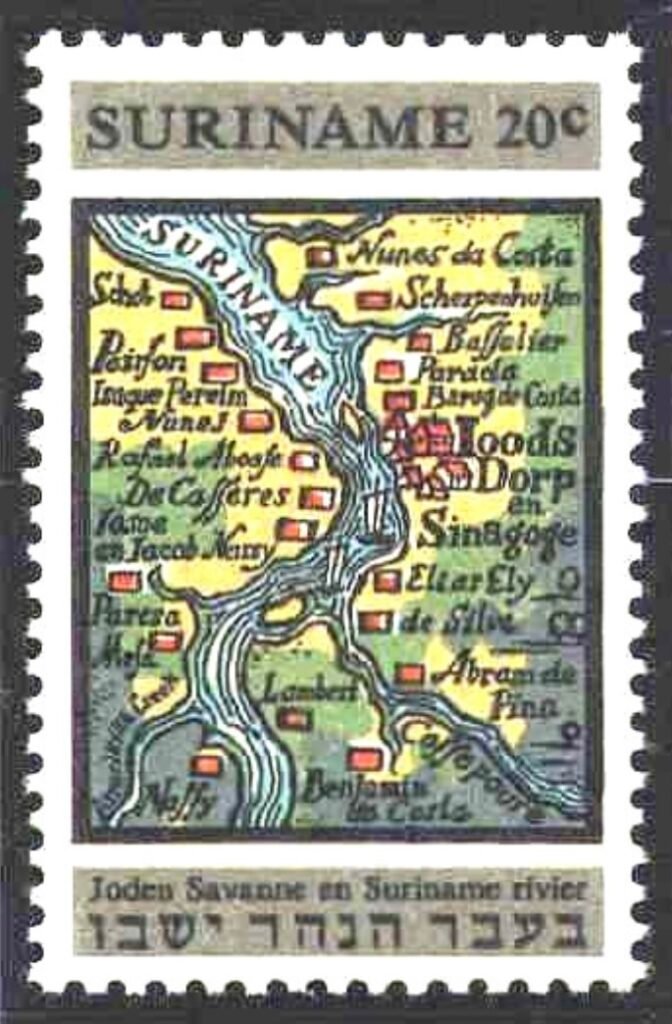
Paramaribo, Colony of Surinam
(Dutch Guiana)
In Paramaribo, the capital city of Surinam, he was accepted as Chief-Rabbi by both the High-German and Spanish-Portuguese communities and would dividing his time between the two, giving a sermon in one of communities every second week. He started the “Talmud Torah” society that built the first Jewish school in the colony serving both communities.
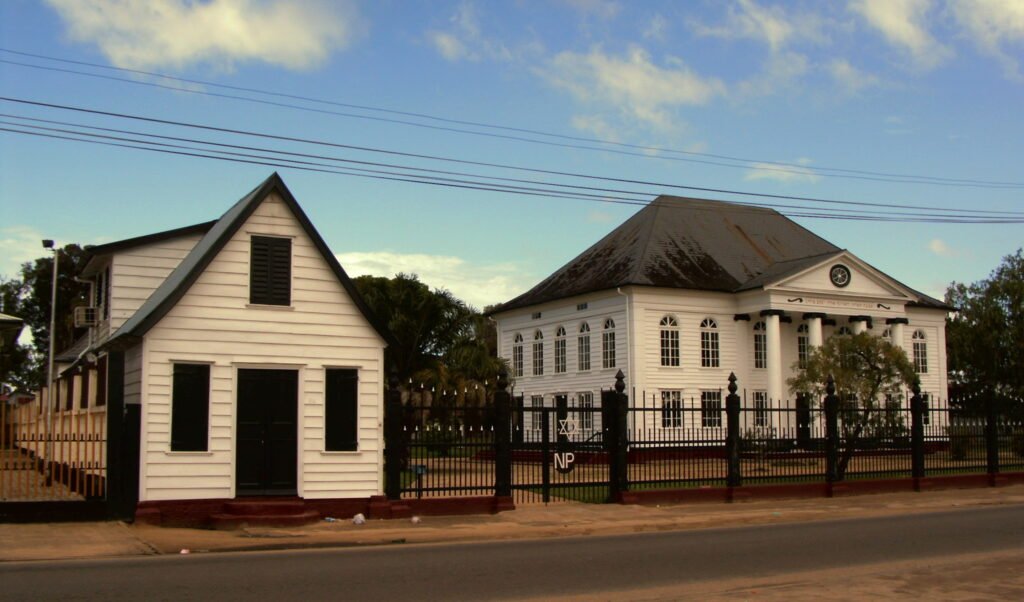
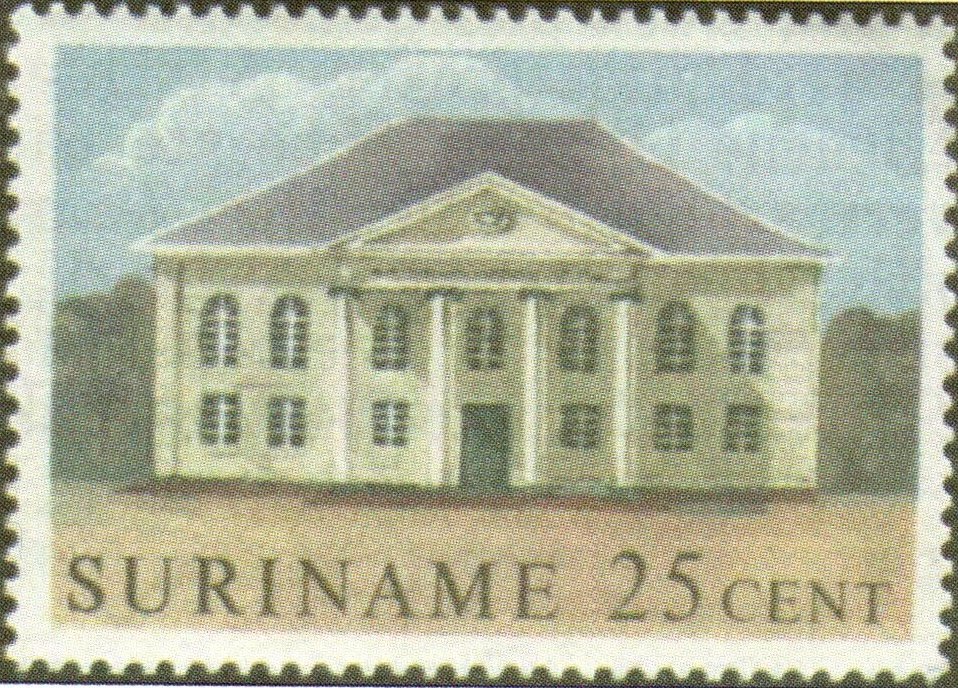
Neveh Shalom Synagogue Building- Former High German (Ashkenazi)
Note: building is no longer houses an Orthodox Jewish Community
and is mainly a Surinam national landmark.
In the meantime there was a marriage certificate issued in the city hall in Leiden, signed by R’ Juda Lewenstein and Mr. Tuvia Koetser in 1858, stating that Rabbi Mozes Lewenstein and Fransje Koetser had now been registered as married. The uncle of the bride, Rabbi Lewenstein’s study partner and friend Rabbi De Leeuw signed on his behalf and so the first step of the Jewish marriage, the arrangement “Ketuba” was finalised.
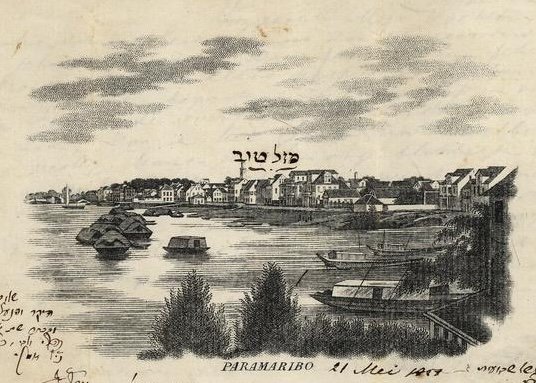
Rabbi Lewenstein to the De Leeuw Family prior to his marriage in 1858
The reason that the marriage certificate was issued then in the Netherlands and not in Surinam was because the law forbade a single ladies, as Fransje was only 18 years old, to make such a long voyage alone. Two weeks after she arrived in Surinam, on 15 Augustus 1859 the marriage ceremony “Chuppah” was performed. The young couple was escorted by the Presidents of both communities through the Synagogue and on the way covered with flowers throws by a dozen of young girls (Teruah, January 1958).
After Rabbi Lewenstein’s health declined in October 1859, the names Jacob Heymann (/Chaim, means life in Hebrew) we’re added to his name Mozes.
Two sons were born to the young couple in Paramaribo, the oldest was named Daniel and the one after him Tovia. Daniel and Tovia we’re the secular and Jewish name of Rebbetzin’s Fransje’s father, Mr. Koetser.
On Shmini Atzeret, in the afternoon of the 22th of October 1864, 4 O’clock in the afternoon, Rabbi Lewenstein let his last breath and with that the Western candle was extinguished.
The countenance of Mozes will thy behold, but
his voice is noways heard again (ishem’a-h) …
he worked, toiler and exerted himself- and when you ask:
where is he (ay’e-o)?
He traveled from afar to be a preserver and beloved (re’a-h) …
he ascended to his abode, where he will eat the fruits of his labour (per’e-o).
.ת. נ. צ. ב. ה
Inscription on the walls of the House of Assembly
of the Neve Shalom Synagogue

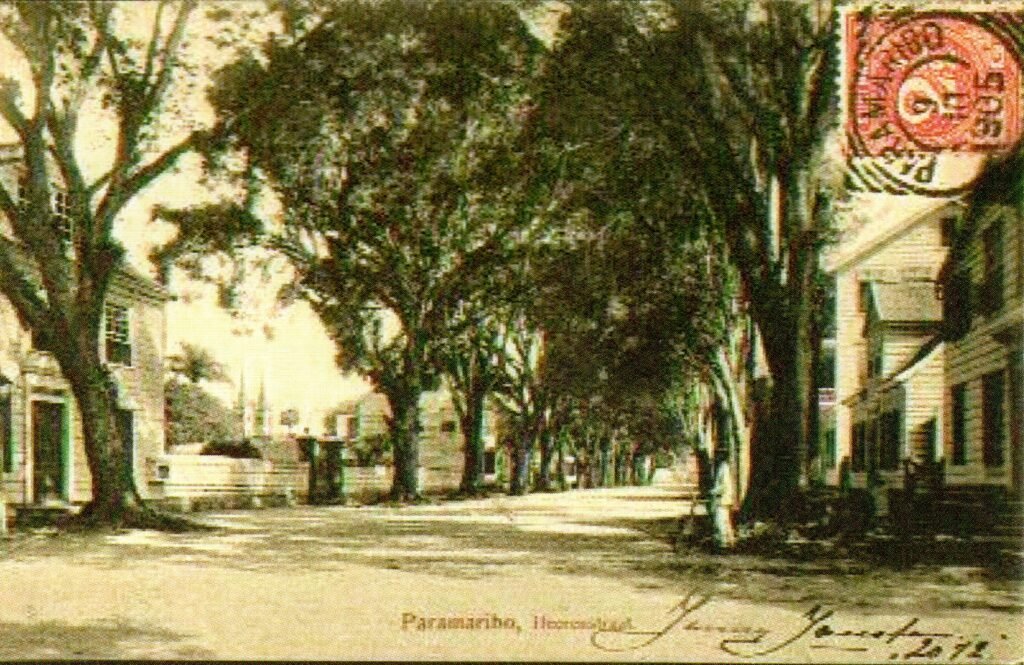
on Klipstenenstraat corner Heerenstraat in
Paramaribo, Surinam
Rabbi Lewenstein was buried in the cemetery in the courtyard of the Neve Shalom synagogue. His wife, Rebbetzin Fransje – Francisca – Fraadche Lewenstein (Koetser) הרבנית מרת פראהדכא בת כה טוביה קוטשר ז”ל אשת הרב מוהר”ר משה לעווענשטיין זצ”ל was buried in the cemetery of the Leiden Jewish Community in Katwijk aan de Rijn, the Netherlands.
Much has been written about Rabbi Lewenstein ever since.
Rabbi Lewenstein is remembered by his descendants, Dutch- and Surinamese Jews and a street: Lewensteinstraat which corners the famous Kwattaweg in Paramaribo, the capital city of Surinam, has been named after him.
Dedicated in the loving memory of
George Bueno-de Mesquita
Surinam – The Hague
.ת. נ. צ. ב. ה
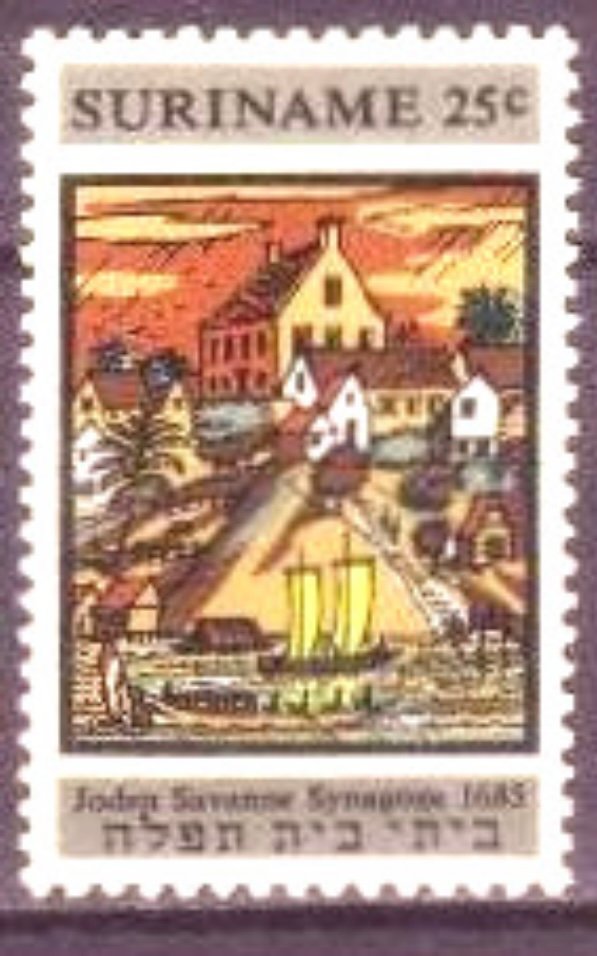
Click here to continue to next article: Rabbi Jacob Heymann De Leeuw-
Talmudist
Table of Contents
Feel free to E-mail for
any additional information
info@talmudical.nl
© 2024 All right reserved
to R’ Z.